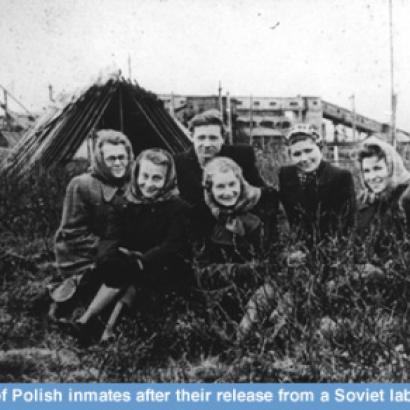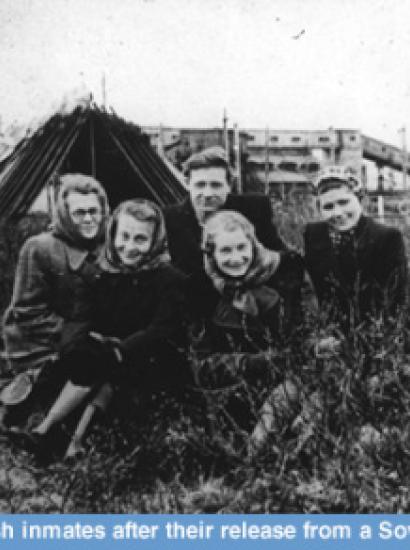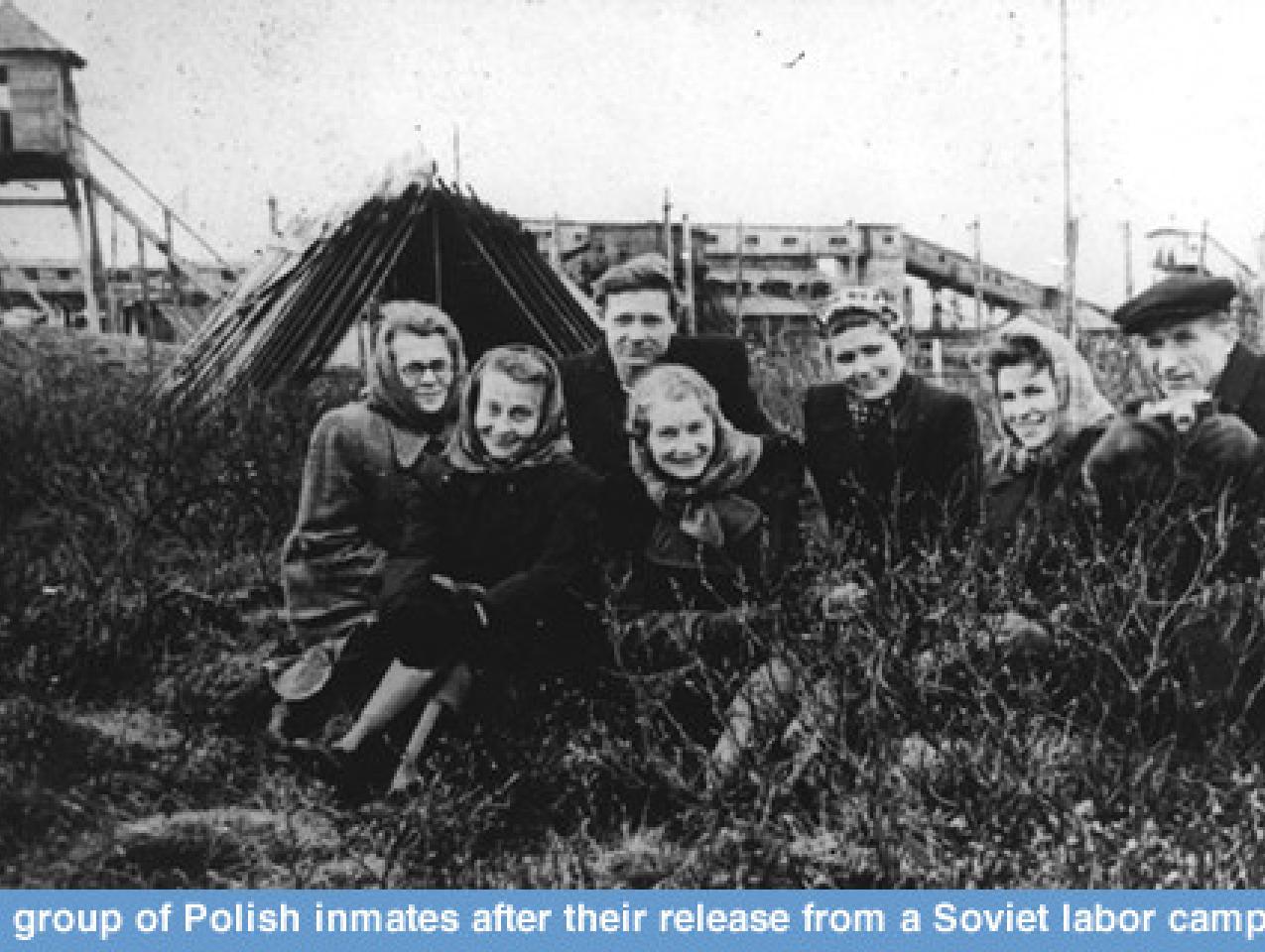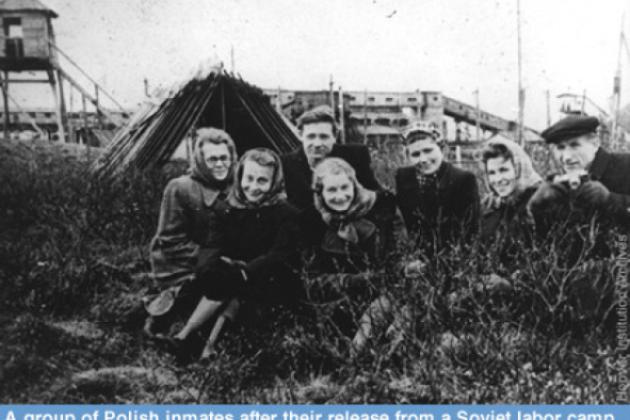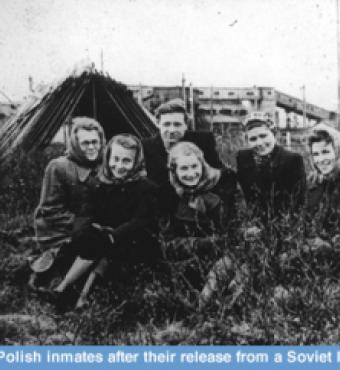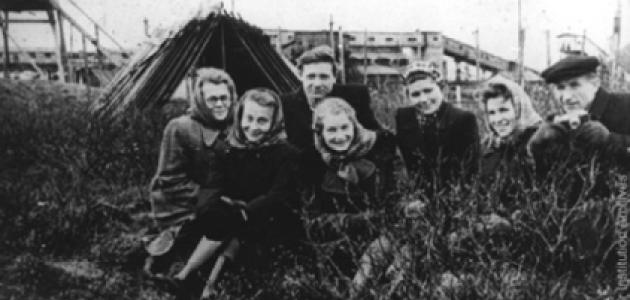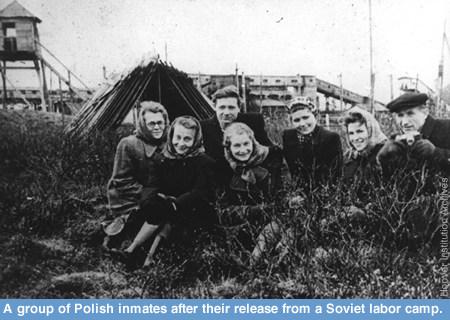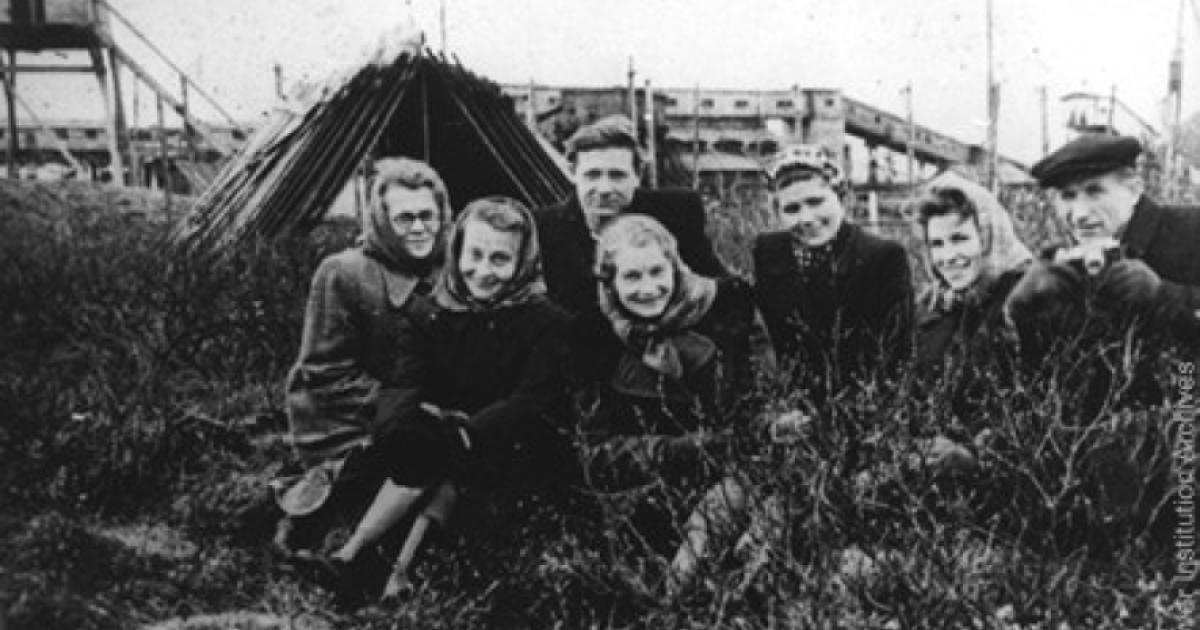The tragic history of the Warsaw Uprising is well documented in photographs, newsreels, and the press. Insurgent Warsaw had its own radio broadcasts, news agency, film crews, and reporters. The Hoover Institution holds one of the largest and most comprehensive collections of wartime resistance publications. Located in several library and archival collections, the holdings—most frequently both anti-Nazi and anti-communist in tone—include several thousand periodicals, pamphlets, and leaflets, the largest and the most comprehensive collection outside Poland. These publications represent a variety of political parties and resistance formations covering the entire spectrum of Polish politics.
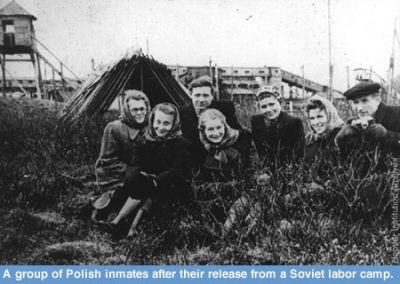
The bulk of these materials came to Hoover in the years immediately following the war, thanks to the efforts of acquisition agents such as Jan Karski, famous during the war for his mission to inform Allied leaders about the horrors of the Holocaust. Most of what Karski acquired was microfilm brought out of Poland to the West by underground couriers. Another Hoover agent, the bookseller Stanislaw Arct, mailed some original clandestine periodicals and leaflets from Poland during 1945–46. To evade communist censorship, Arct used the underground publications as wrapping paper and filler for packages of official communist propaganda destined for the Hoover Library.
Polish deputy premier Stanislaw Mikolajczyk gave several bound volumes of wartime underground periodicals to Herbert Hoover at a government reception during Hoover’s 1946 visit to Warsaw. Mikolajczyk, the only member of the Soviet-dominated government of Poland who was neither a communist nor a fellow-traveler, was hoping to save at least a small part of the Polish underground legacy from the Communists. (He fled Poland a few months later.)
During 1989–91, some enterprising individuals managed to rescue some original underground publications from the former holdings of various communist Interior Ministry archives, which had been ordered destroyed by the outgoing communist authorities. The Hoover Institution acquired these through its East European office, which was located in Warsaw during those transitional years.
Another valuable resource in the Hoover Institution’s Polish holdings are the personal accounts of Polish citizens who survived Soviet prisons, deportations, and labor camps during 1939–41, when Soviet Russia and Germany collaborated in the conquest of Poland and the rest of East Central Europe.
More than 30,000 survivors’ depositions, along with 12,000 NKVD release certificates and other related documents from the archives of the Polish Embassy in the Soviet Union and the Polish Ministry of Information and Documentation, represent the largest and the richest body of documentation on the Gulag anywhere in the West. Scholars have researched this documentation for a variety of studies and publications over the years; but given its large volume and difficulties with access to post-Soviet archives, its research potential remains very high. Currently, the Hoover Institution and the Jewish Historical Institute in Warsaw, for example, are working on a joint edition of some 160 depositions of Jewish survivors of the Soviet Gulag.
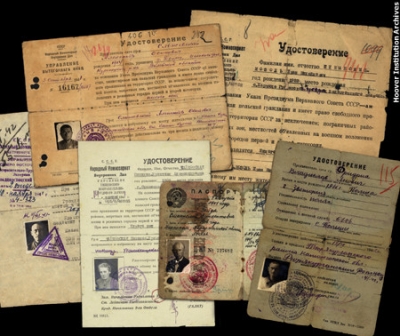
|
After the German attack on the Soviet Union in the summer of 1941, the Kremlin granted a limited amnesty to hundreds of thousands of Polish citizens who had been imprisoned and deported to Siberia during the previous two years. Those who were able to take advantage of this change in their legal status received certificates of release, such as those shown above, which listed personal information and included the name and the location of the issuing penal institution. Hoover Institution’s holdings of more than 12,000 such certificates, part of the Polish Ministry of Information and Documentation collection, permitted Western scholars to chart the first detailed maps of the Gulag. |








